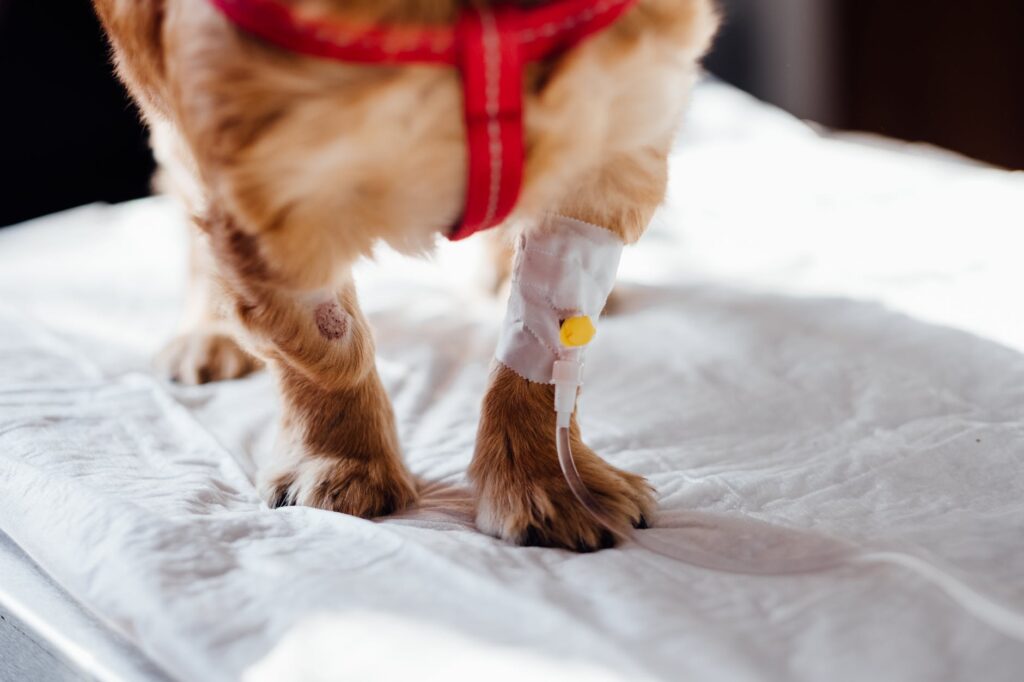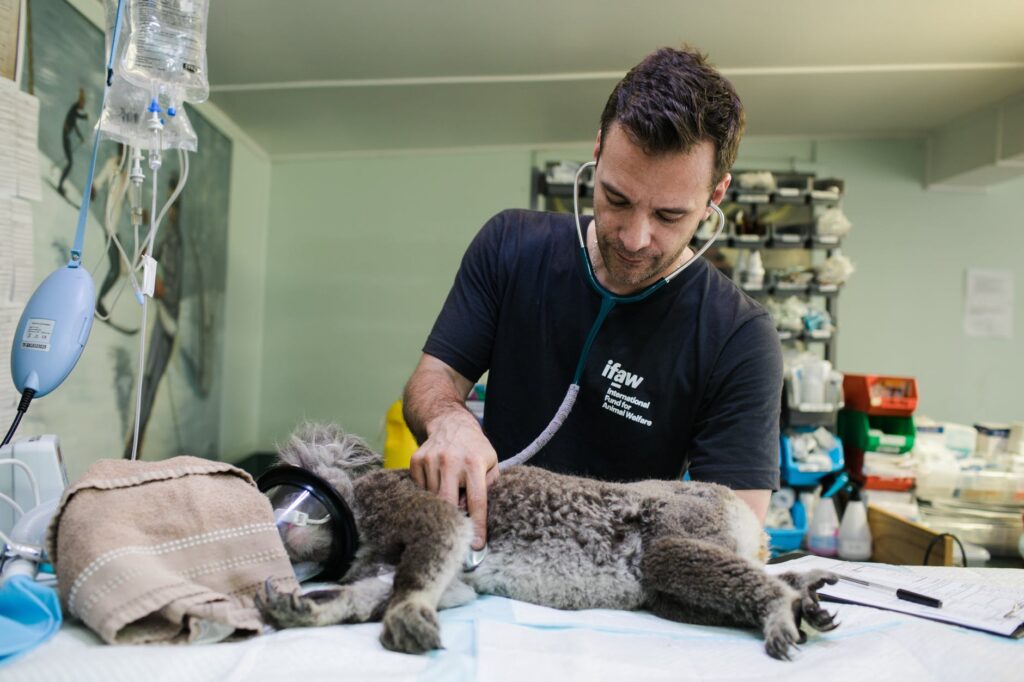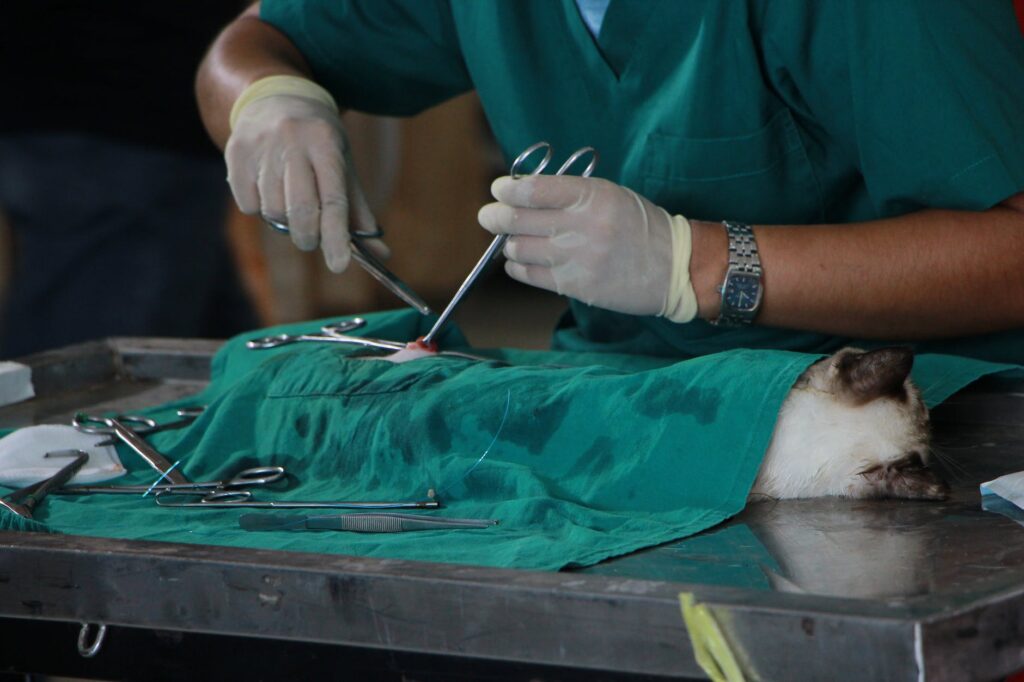Veterinary services are required to guarantee that your pet has a long and healthy life. A veterinary hospital is a valuable resource for keeping your pet healthy. Most pet owners are aware that they should take their animals to a veterinary hospital if they become ill, but there are a few things you may not know about such facilities.
Animals improve everyone’s quality of life. There were animal protection regulations in force before there were child protection laws. Moreover, governments modeled child protection laws on rules that were in place for animals. We adore our pets, and we value the concept of having a veterinarian who is dedicated to promoting their well-being.
Continue reading to know some interesting facts about hospitals that provide care and treatment to your beloved furry, scaly, and thorny friends.

-
Animal Hospitals Are Not As Same As Vet Clinics
An animal hospital is a location where animals are diagnosed and surgically treated. A licensed veterinarian runs and maintains the facility. Animals are operated on, and diseases and injuries are treated at an animal hospital. Staying on the premises for treatment is an option for animals at such a facility.
On the other hand, a veterinary clinic is a facility (typically a building or portion of a structure) dedicated to the prevention, cure, and relief of animal diseases and injuries. During the treatment period, the location can also serve as an animal shelter, with options for overnight accommodation.
The first thing that comes to mind when comparing clinics and hospitals is their size. The physical size of a hospital is likely to be more significant. It is because they offer more services. They have full-service facilities with more treatment options and in-hospital capabilities. There is also more room for pets to stay the night if they are critical or unwell.
Check here to know more about the best animal hospitals in the Netherlands.
-
What It’s Like to Visit An Animal Hospital
It is more advantageous and efficient to visit an animal hospital than a clinic. Everything can be done in one location, saving you time, energy, and money. With animal hospitals, you don’t need to go to another clinic or hospital for the diagnostic procedure and then return to the former clinic with the results.
When it comes to emergencies, time is of the essence. That means you won’t be able to pay to go from one clinic to the next. Animal hospitals will fulfill all of your pet’s needs in one location. As a result, expect their services to be more expensive than those of the clinics.
You’ll have access to a wide selection of healthcare services as well as cutting-edge tools and technology if you use full-service facilities. You can commit your pet’s life to animal hospitals’ qualified and professional veterinarians.

-
Most Animal Hospitals Provide Emergency Care
The time of day has no bearing on accidents, injuries, or diseases. While some crises can wait until the next morning or business day, others need to be dealt with right away. This is why most animal hospitals are open 24 hours a day, seven days a week, 365 days a year, to provide emergency animal hospital services.
Their veterinary care support team and veterinarians are highly experienced and dedicated. Accidents, injuries, and illnesses of all kinds are treated in the emergency animal hospital, which also offers trauma and critical care.
The emergency personnel are trained to provide medical care and support to the customers in stressful and potentially life-threatening situations. They collaborate with clients to ensure that you understand your pet’s sickness and the procedures that should be followed to provide the most excellent care alternatives for your pet.
-
Animal Hospitals Are Using Laser Surgery Treatment
In veterinary operating rooms, cutting lasers are being used increasingly regularly. Compared to traditional scalpel surgery, laser surgery has several advantages. A laser can be used to perform a range of surgical operations, ranging from simple wart removal to feline declaw surgeries to canine neuters, thanks to the capacity to change the wavelength frequency of the laser.
Low-level lasers, on the other hand, are being used as therapeutic devices. Low-level laser therapy, commonly known as cold laser therapy, stimulates cellular healing through biostimulation. This treatment is generally used to relieve pain and promote the recovery of a minor joint, spine, and soft tissue injuries.

-
Animal Hospitals Have Started Using X-Ray Technology In Interesting Ways
One of the initial steps in the diagnostic testing process is to take radiographs or X-rays. Bone fractures and deformities, tumors, intestinal obstructions, pneumonia, and foreign bodies can all be seen on radiographs.
Radiographs were formerly prepared by hand in a succession of chemical-filled tanks. In many hospitals, these tanks have been replaced with automatic processors, which produce developed films faster and with fewer objects. Digital X-rays are now available at many hospitals.
These devices show images on a computer screen and are linked to the patient’s medical history. Digital radiographs can create images that are far more detailed than traditional X-rays, thanks to software technologies.
Dental radiographs of your canine companion’s pearly whites will be taken if he has a dental operation scheduled. Veterinarians in an animal hospital can use digital dental X-ray devices to see what’s going on beneath your dog’s gum line, allowing them to examine tooth root health and treat it right away if necessary.
Conclusion
Pets are members of the family, so it’s only natural that you’d treat them the same way you would a family member. Regular veterinary care is required for pets, just as it is for people. Many problems can be detected early and addressed at the animal hospital before they become more serious.
It’s critical to keep an eye on your pet’s health to ensure that they are as healthy as possible. An animal hospital has the most compassionate medical staff that specially cares for the whole of your pet’s life and wants to ensure that they live as healthy a life as possible.
